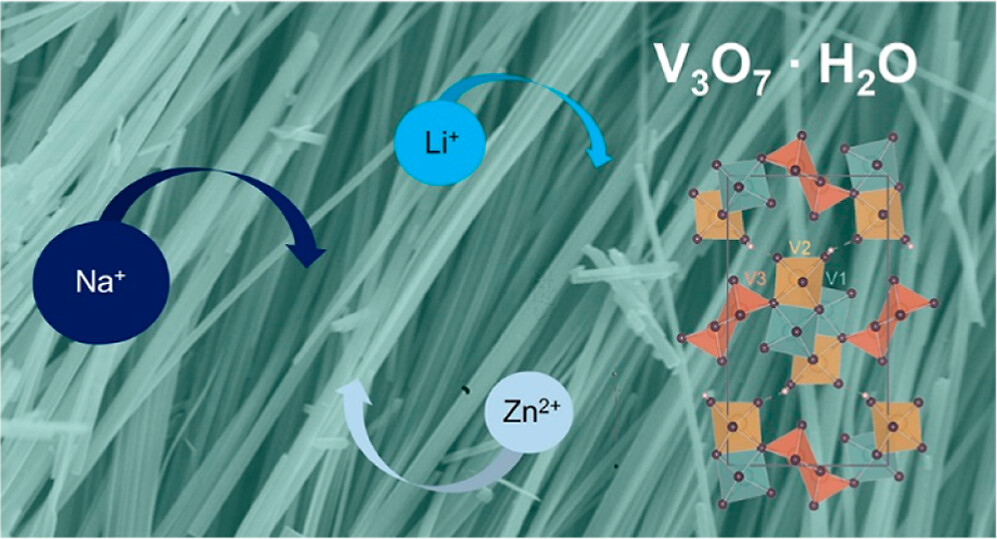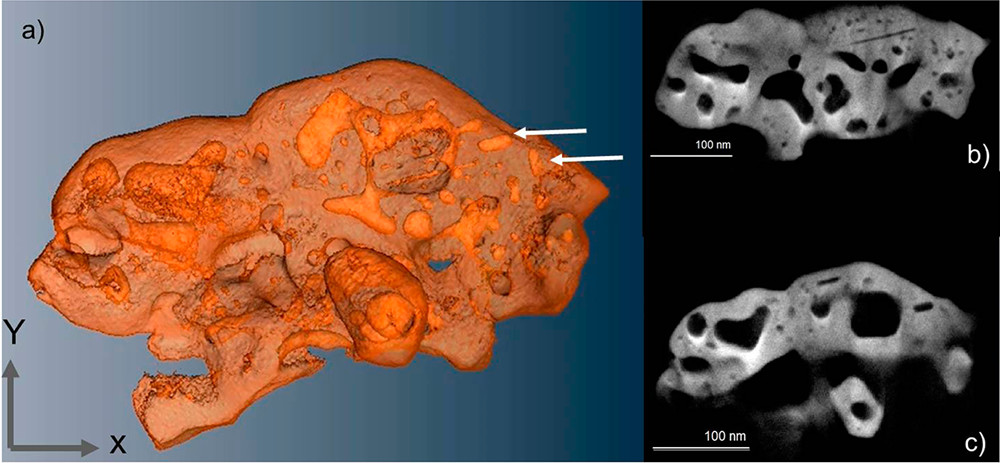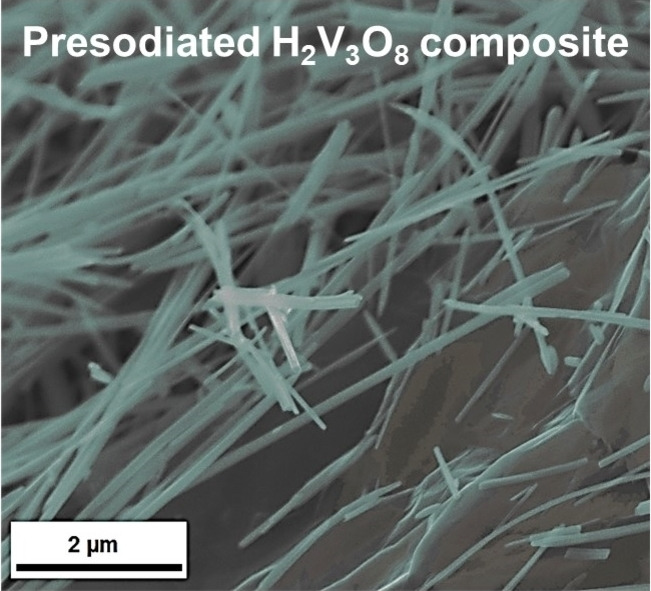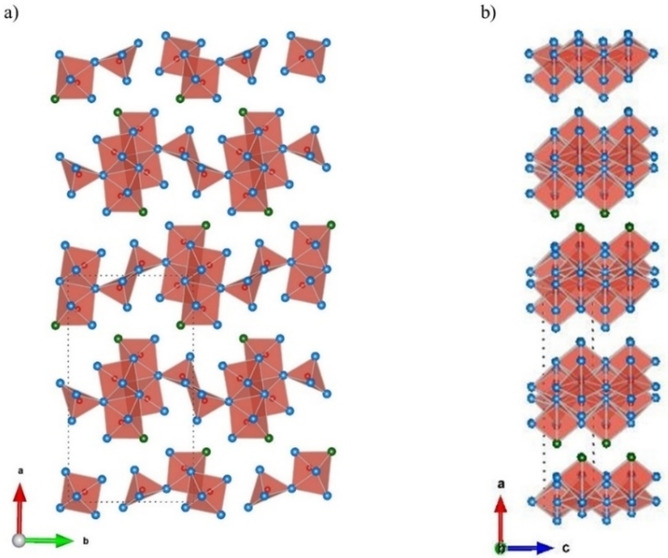-

From functional material to active components for energy storage and conversion
Energy storage and conversion are currently among the most relevant research topics, as the utilisation of renewable energy sources is fundamental to the implementation of CO2 reduction plans. Energy generation from wind and solar and the electrochemical storage of this energy in batteries or fuels such as hydrogen requires solutions that need to be improved in terms of both efficiency and scalability. Although some progress has already been made, in many cases the proposed concepts show good efficiencies in the laboratory, but they are not always easily scalable or too costly for larger scale production. Our long-term goal is to contribute to the development of solutions in the field of energy storage, on the one hand, by developing functional materials using (scalable) solid-state chemical synthesis and simple deposition techniques, and on the other hand, by building up basic scientific understanding in the field of structure-property relationships of energy storage materials, which will then lead to improved and more durable materials.
-

Active materials for photoelectrochemical energy storage in solar fuels
Oxide nitrides, for example, are very suitable materials for photoelectrochemical water splitting. The development of efficient photoelectrode materials is an important part of our work. In this context, a comprehensive characterisation is very important because structure, composition, crystallinity, porosity as well as transport properties influence the photoelectrochemical efficiency. The precise determination of these properties is necessary in order to understand and improve the activity of the functional materials depending on the synthesis methods. We have already achieved some success, on the one hand through detailed material understanding based on broad analytics (XRD, TEM, SEM, photoelectrochemical investigations) and on the other hand through further changes in the synthesis, such as better control of porosity or changing the charge carrier density through substitution. Furthermore, protective layers and co-catalysts are essential for a functioning photoelectrode. The task of developing active materials for photoelectrodes therefore includes the provision of suitable photocatalysts, including additives, and the development of scalable manufacturing processes, which in their entirety lead to a functioning component.
-

Conductive networks and electrode structure: Hybrid materials
Conductive networks play a very important role in energy storage systems. Li-ion batteries are a good example. In order to develop a high-performance electrode, not only the active material itself is important, but also the way in which an electrically conductive connection is established between the (usually insulating, oxidic) particles. We are therefore investigating how the electrode functions as a whole and not just the electrode material. An important question is how a conductive network can be formed between particles without negatively changing the properties of the active material, or even with the aim of improving them. The conductive network can consist of a large number of material classes and serve different length scales. Inorganic or ceramic bridges are often locally limited to the nanoscale, while layered systems such as reduced graphene oxide (RGO) or carbon nanotubes (CNTs) form long-range connections in the μm range. The synthesis and subsequent deposition of hybrid or composite materials is one of the routes we are pursuing to produce electrodes with conducting networks.
-

Functional materials for Li-ion batteries and beyond
We are investigating V-containing oxides for their suitability as insertion materials, such as Li+ or Na+. With the exchange of the ion to be intercalated, both the intercalation plateaus and the kinetics change. We are interested in understanding the differences in intercalation behaviour in order to develop better cathode materials for post-Li batteries. Comprehensive physical-chemical investigations are necessary to analyse the oxidation states and structural changes of the transition metal (compounds) depending on the state of charge of the battery and the battery type. At the same time, understanding the changes in the material during the charging and discharging process helps to better understand potential degradation processes.
- Über die PLUS
- Leitmotive
- Universitätsleitung
- Fakultäten
- School of Education
- Schwerpunkte
- Zentren
- Interuniversitäre Einrichtungen
- Dienstleistung und Verwaltung
- SMBS – Die Business School der PLUS
- Gremien und Vereine
Die PLUS bietet sechs Fakultäten mit 34 Fachbereichen und rund 90 Studien in digitalen und analytischen, natur- und lebenswissenschaftlichen, gesellschaftswissenschaftlichen, kulturwissenschaftlichen, theologischen sowie rechts- und wirtschaftswissenschaftlichen Fächern. Knapp 18.000 Studierende absolvieren hier Bachelor-, Master- und Doktoratsstudien.
1622 von Fürsterzbischof Paris Lodron gegründet und wieder errichtet im Jahr 1962, ist die PLUS heute die größte Bildungseinrichtung in Salzburg.
- Unileben an der PLUS
- Aufenthaltsbereiche für Studierende
- Bus, Bahn und Rad
- Stadt, Kultur und Essen
- Wohnen, Job und Kind
- Zusatzangebote der PLUS
- PLUSmerchandise
- Virtuelle Rundgänge
Damit das Studium zu einem rundum positiven Erlebnis wird, müssen auch die Wohnsituation, Essens- und Sportangebote, Möglichkeiten für Nebenjobs und Angebot an Events stimmen. Und auch Studieren mit Kind wird an der Universität Salzburg bestmöglich unterstützt.
- Forschung an der PLUS
- Forschungspreise und Auszeichnungen
- Karriere in der Forschung
- Mit der und für die Gesellschaft
- Forschungsförderung
- Serviceleistungen & Kontakt
Die PLUS ist eine sowohl regional verankerte als auch international sehr gut vernetzte Forschungseinrichtung. Als eine profilierte Volluniversität besticht sie durch ihre große Fächervielfalt, wobei die rund 2000 Wissenschaftler*innen durch ihre exzellente Forschung das Profil der PLUS maßgeblich bestimmen.
Ein Markenzeichen der PLUS ist die forschungsgeleitete Lehre. Sie vereint die vielseitigen Forschungsleistungen mit einem hervorragenden Lehrangebot für alle Studierenden.
- Studienwahl + Einschreibung
- Studienangebot
- Infos für Studierende
- Services für Studierende
- Förderungen und Stipendien
- International students
- Community-Programm: PLUSTRACK
Vom breiten Studienangebot über relevante Services und wichtige Semestertermine bis hin zum Studieren im Ausland: Hier findest du alle wichtigen Informationen rund ums Studium. Speziell für Studieninteressierte gibt es spannende Schnupper-Angebote wie „Studieren Probieren“ und „Studieren Recherchieren“, wo sich Maturant*innen über den Uni-Einstieg informieren und darauf vorbereiten können.




